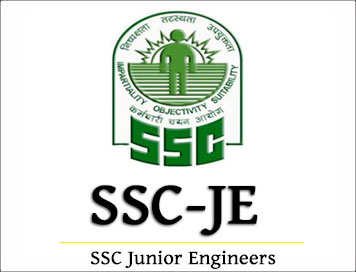Model Questions for SSC Junior Engineer EXAM - CIVIL ENGG set-5

Model Questions for SSC Junior Engineer EXAM - CIVIL ENGG set-5
1. The pressure acting on the stones in stone masonry construction should be
(A) Perpendicular to the direction of bedding planes
(B) At 45° to the direction of bedding planes
(C) At 60° to the direction of bedding planes
(D) Along the direction of bedding planes
2. When a brick is immersed in water for 24 hours and then dried, if
(A) 10 percent surface is covered with grey or white deposits, the brick has
slight efflorescence
(B) 50 percent surface is covered with grey or white deposits, the brick has
serious efflorescence
(C) No grey or white deposits appear on the surface, the brick is free from
soluble salts
(D) All the above
3. Gypsum consists of
(A) Lime and H2O
(B) H2S and CO2
(C) CO2 and calcium
(D) CaSO4 and H2O
4. Oil varnish generally consists of
(A) Resin, oil and turpentine
(B) Synthetic resin and spirit
(C) Spirit, oil and wax
(D) Oil, wax and resin
5. The most commonly used retarder in cement is
(A) Calcium chloride
(B) Calcium carbonate
(C) Gypsum
(D) None of the above
Study Kit for SSC Junior Engineer EXAM (Paper-1) 2017-2018
6. For testing compressive strength of cement, the size of cube used is
(A) 70.6 mm
(B) 100 mm
(C) 150 mm
(D) 50 mm
7. The rocks which are formed due to cooling of magma at a relatively shallow depth from the earth's surface are called
(A) Plutonic rocks
(B) Hypabyssal rocks
(C) Volcanic rocks
(D) Igneous rocks
8. The ratio of the thickness of web to that of flange of steel rolled structural beams and channels is
(A) Less than 1
(B) Equal to 1
(C) Greater than 1
(D) Less than 1 in beams but greater than 1 in channels
9. Non acid-resistant asbestos is:
(A) Tremolite asbestos
(B) Chrysotile asbestos
(C) Amosite asbestos
(D) None of these
10. For sanitary pipes and chemical stonewares,
(A) Lead glazing is used
(B) Opaque glazing is used
(C) Salt glazing is used
(D) None of these


